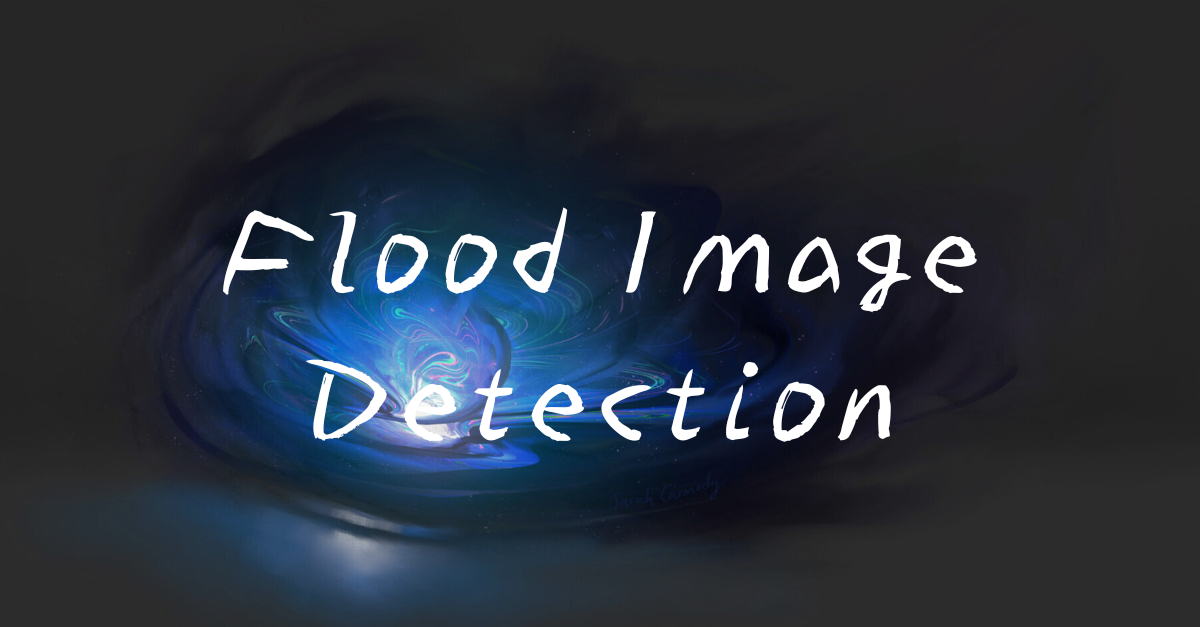|
|
--- |
|
|
license: apache-2.0 |
|
|
datasets: |
|
|
- TheNetherWatcher/DisasterClassification |
|
|
language: |
|
|
- en |
|
|
base_model: |
|
|
- google/siglip2-base-patch16-512 |
|
|
pipeline_tag: image-classification |
|
|
library_name: transformers |
|
|
tags: |
|
|
- SigLIP2 |
|
|
- Flood-Detection |
|
|
- Disaster-Detection |
|
|
- climate |
|
|
--- |
|
|
 |
|
|
|
|
|
# Flood-Image-Detection |
|
|
|
|
|
> Flood-Image-Detection is a vision-language encoder model fine-tuned from `google/siglip2-base-patch16-512` for **binary image classification**. It is trained to detect whether an image contains a **flooded scene** or **non-flooded** environment. The model uses the `SiglipForImageClassification` architecture. |
|
|
|
|
|
> [!note] |
|
|
SigLIP 2: Multilingual Vision-Language Encoders with Improved Semantic Understanding, Localization, and Dense Features : https://arxiv.org/pdf/2502.14786 |
|
|
|
|
|
```py |
|
|
Classification Report: |
|
|
precision recall f1-score support |
|
|
|
|
|
Flooded Scene 0.9172 0.9458 0.9313 609 |
|
|
Non Flooded 0.9744 0.9603 0.9673 1309 |
|
|
|
|
|
accuracy 0.9557 1918 |
|
|
macro avg 0.9458 0.9530 0.9493 1918 |
|
|
weighted avg 0.9562 0.9557 0.9559 1918 |
|
|
``` |
|
|
|
|
|
 |
|
|
|
|
|
|
|
|
--- |
|
|
|
|
|
## Label Space: 2 Classes |
|
|
|
|
|
``` |
|
|
Class 0: Flooded Scene |
|
|
Class 1: Non Flooded |
|
|
``` |
|
|
|
|
|
--- |
|
|
|
|
|
## Install Dependencies |
|
|
|
|
|
```bash |
|
|
pip install -q transformers torch pillow gradio hf_xet |
|
|
``` |
|
|
|
|
|
--- |
|
|
|
|
|
## Inference Code |
|
|
|
|
|
```python |
|
|
import gradio as gr |
|
|
from transformers import AutoImageProcessor, SiglipForImageClassification |
|
|
from PIL import Image |
|
|
import torch |
|
|
|
|
|
# Load model and processor |
|
|
model_name = "prithivMLmods/flood-image-detection" # Update with actual model name on Hugging Face |
|
|
model = SiglipForImageClassification.from_pretrained(model_name) |
|
|
processor = AutoImageProcessor.from_pretrained(model_name) |
|
|
|
|
|
# Updated label mapping |
|
|
id2label = { |
|
|
"0": "Flooded Scene", |
|
|
"1": "Non Flooded" |
|
|
} |
|
|
|
|
|
def classify_image(image): |
|
|
image = Image.fromarray(image).convert("RGB") |
|
|
inputs = processor(images=image, return_tensors="pt") |
|
|
|
|
|
with torch.no_grad(): |
|
|
outputs = model(**inputs) |
|
|
logits = outputs.logits |
|
|
probs = torch.nn.functional.softmax(logits, dim=1).squeeze().tolist() |
|
|
|
|
|
prediction = { |
|
|
id2label[str(i)]: round(probs[i], 3) for i in range(len(probs)) |
|
|
} |
|
|
|
|
|
return prediction |
|
|
|
|
|
# Gradio Interface |
|
|
iface = gr.Interface( |
|
|
fn=classify_image, |
|
|
inputs=gr.Image(type="numpy"), |
|
|
outputs=gr.Label(num_top_classes=2, label="Flood Detection"), |
|
|
title="Flood-Image-Detection", |
|
|
description="Upload an image to detect whether the scene is flooded or not." |
|
|
) |
|
|
|
|
|
if __name__ == "__main__": |
|
|
iface.launch() |
|
|
``` |
|
|
|
|
|
--- |
|
|
|
|
|
## Intended Use |
|
|
|
|
|
`Flood-Image-Detection` is designed for: |
|
|
|
|
|
* **Disaster Monitoring** – Rapid detection of flood-affected areas from imagery. |
|
|
* **Environmental Analysis** – Track flooding patterns across regions using image datasets. |
|
|
* **Crisis Response** – Assist emergency services in identifying critical zones. |
|
|
* **Surveillance and Safety** – Monitor infrastructure or locations for flood exposure. |
|
|
* **Smart Alert Systems** – Integrate with IoT or camera feeds for automated flood alerts. |